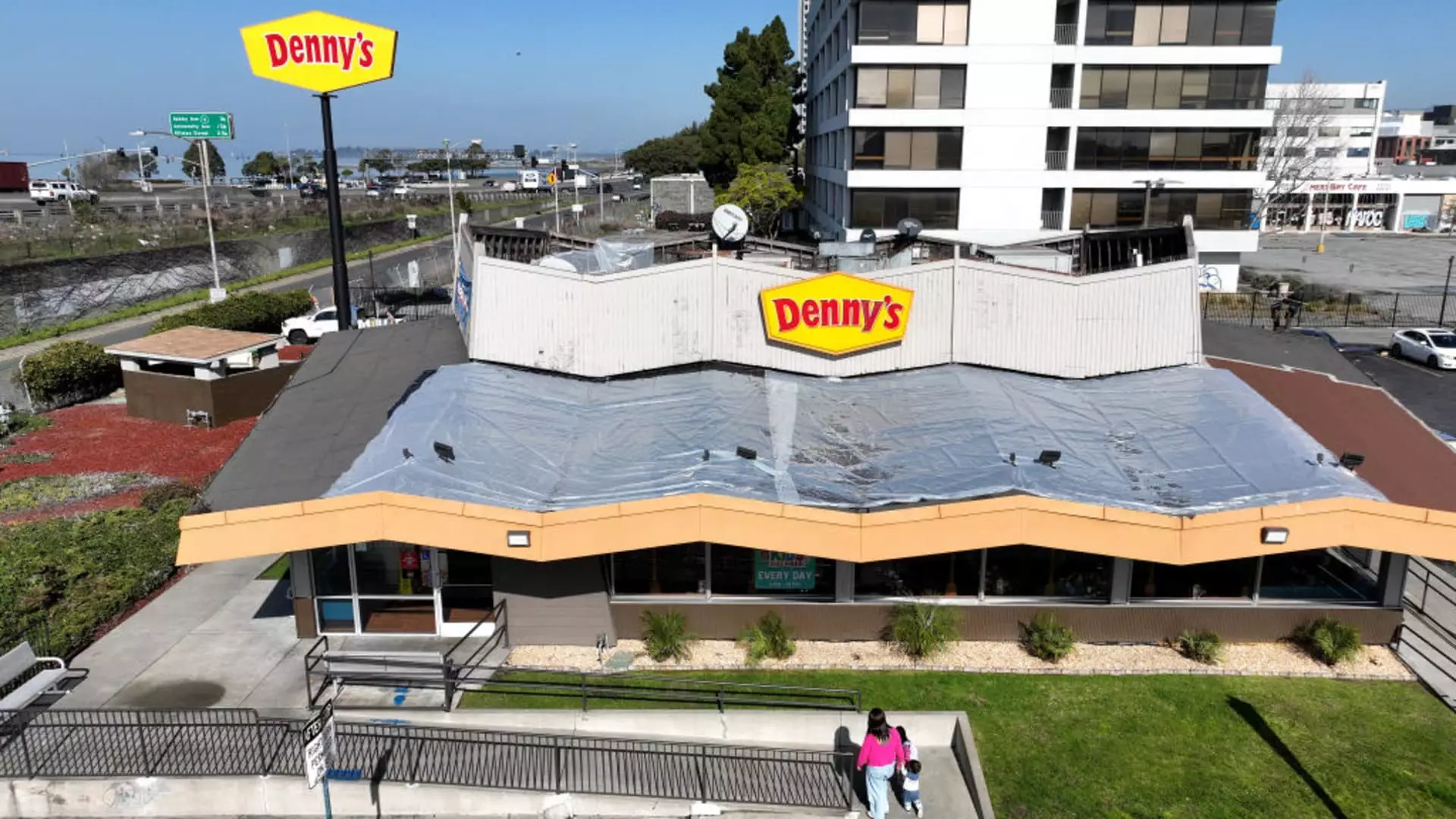The year 2024 has been tumultuous for the restaurant sector, particularly for traditional dining establishments that have historically enjoyed steady customer bases. As inflation impacted consumer spending habits, fewer patrons were willing to indulge in dining out, leading many restaurant chains to reevaluate and streamline their operations. The shift in consumer behavior is becoming increasingly evident, with many patrons gravitating towards budget-friendly options and fast-casual dining experiences over the casual-dining staples that characterized the industry in prior decades.
Data from Black Box Intelligence highlights a stark reality: U.S. restaurant visits saw a significant decline over the first ten months of 2024. This downturn has been a catalyst for widespread closures and financial struggles, as restaurants encounter not only diminished customer traffic but also staggering financial pressures. Chapter 11 bankruptcy filings surged as 26 restaurant companies took the drastic step of seeking legal protection to reorganize their debts, marking a troubling increase compared to the pandemic’s peak in 2020.
Among the hardest hit are casual dining chains. Established names that once filled dining rooms are now experiencing a severe identity crisis as they struggle to hold onto their traditional markets. Fast-casual chains have clawed away significant market share, offering modern customers the allure of quality food with the convenience of quicker service. As consumers increasingly prioritize convenience, restaurants that used to thrive on leisurely meals are left reeling.
Take Wendy’s, for example. In late October, the chain announced plans to close 140 underperforming outlets following a disheartening start to the year, culminating in approximately 80 shutdowns in the first three quarters alone. This strategic pruning is indicative of a larger strategy to reposition itself within the fast-food landscape while maintaining an unchanged overall store count, a difficult balancing act for the brand.
Applebee’s paints a similar picture, as its parent company, Dine Brands, confirmed intentions to shut down up to 35 U.S. locations. With six quarters of declining same-store sales, the brand faces increasing pressure to shed unproductive locations as it consolidates its operations moving forward. This tumultuous trend highlights an industry-wide struggle to adapt to shifting consumer preferences.
Denny’s has not been spared from closures, revealing plans to shut about 50 locations in 2024 and an additional 100 by the end of 2025. Despite remaining a traditional 24-hour diner chain, it is clear that even the most established brands are not immune to dismal sales figures. Executives noted that the affected restaurants performed poorly, making it crucial to target these underachievers to ultimately improve the chain’s overall financial health.
For TGI Fridays, the stakes grew higher when it filed for Chapter 11 bankruptcy protection while shutting down 86 locations — a staggering reduction to its global footprint. The uncertainty surrounding its future looms large, emphasizing the importance of effectively managing both consumer expectations and brand reputation in a rapidly shifting market.
Red Lobster, a name synonymous with seafood dining, had to close more than 120 restaurants in 2024, a harsh reality compounded by the company’s bankruptcy filing in May. With a new ownership structure now in place, Red Lobster aims to recover from its troubled past and hopes to avoid further closures in the future, signifying a cautiously optimistic turn.
Future Directions Amidst Uncertainty
The restructuring processes undertaken by restaurants are indicative of an effort to salvage profitability while also reinvigorating the dining experience. Noodles & Company announced plans to close 20 locations while simultaneously revamping its menu, illustrating a proactive approach to enhance customer appeal amidst dwindling sales.
Similarly, Bloomin’ Brands closed 41 underperforming restaurants amid a larger struggle to boost same-store sales across its restaurants, including Outback Steakhouse and Carrabba’s Italian Grill. Their focus on identifying dated locations speaks volumes about the need for continuous evaluation and adaptation in the ever-evolving restaurant landscape.
The restaurant industry in 2024 stands at a crossroads. As inflation remains a persistent threat, casual dining chains must adapt or face the brunt of closures and potential bankruptcy. As they move forward, understanding consumer behavior and diversifying offerings will be paramount in restoring their stature and relevance in an increasingly competitive market. The theme of closures represents not merely a contraction but an opportunity for renewal — a pivotal moment that may well define the future of dining out.

